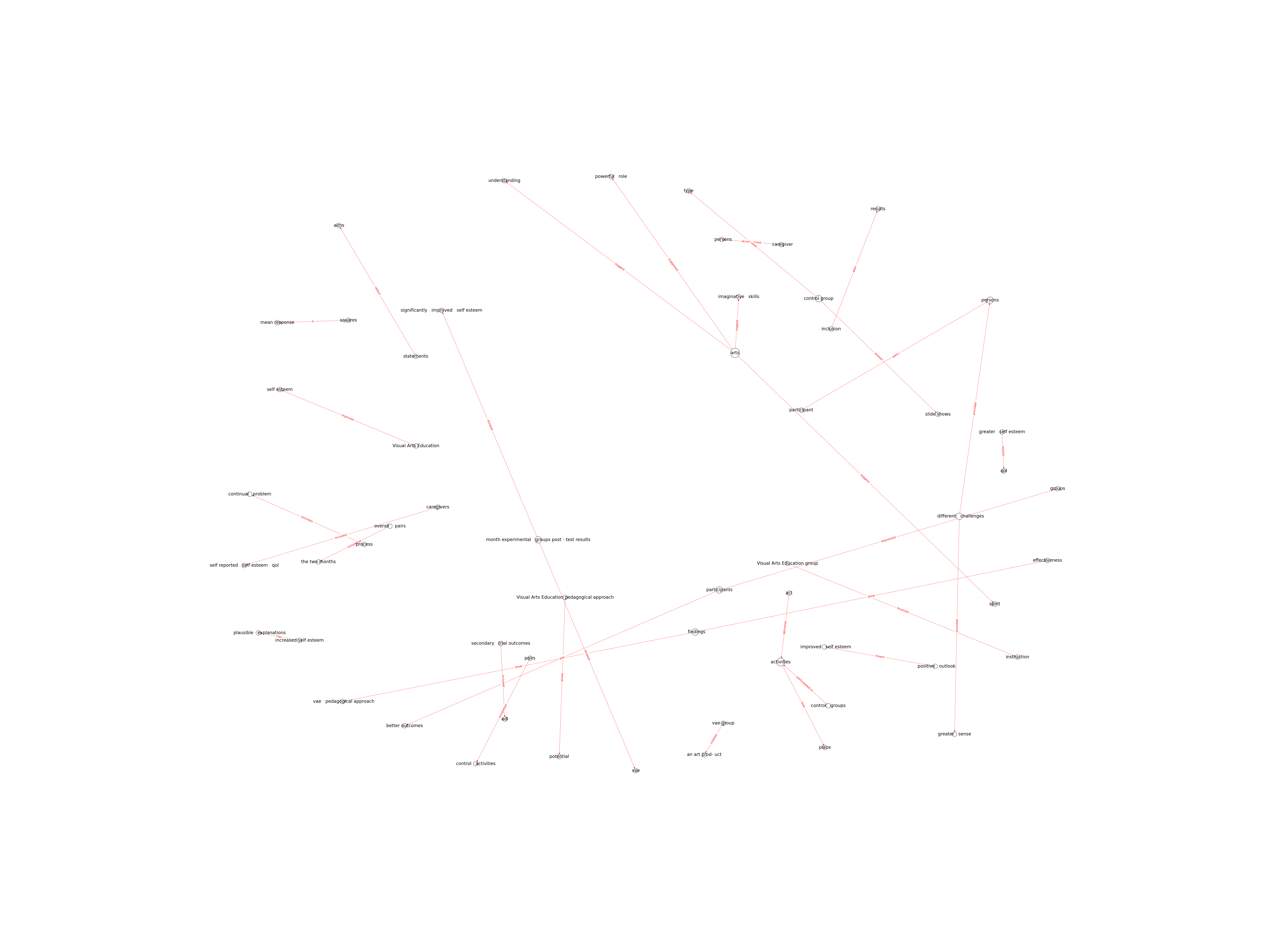| Id | 161 | |
| Author | Richards, A. G.; Tietyen, A.C.; Jicha, G.A.; Bardach, S.H.; Schmitt, F.A.; Fardo, D.W.; Kryscio, R.J.; Abner, E.L. | |
| Title | Visual Arts Education improves self-esteem for persons with dementia and reduces caregiver burden: A randomized controlled trial. | |
| Reference | Richards AG, Tietyen AC, Jicha GA, Bardach SH, Schmitt FA, Fardo DW et al. Visual arts education improves self-esteem for persons with dementia and reduces caregiver burden: a randomized controlled trial. Dementia (London). 2018;18(7–8):3130–42 |
|
| Keywords | dementia; caregiving; visual arts education; pedagogy; randomized controlled trial |
|
| Link to article | https://doi.org/10.1177/1471301218769071 |
|
| Abstract | A Visual Arts Education program was tested among 26 pairs of persons with dementia and their caregivers. Pairs were randomized to Visual Arts Education or control groups, and each group met once per week for two months (8 weeks) to participate in activities with a trained arts instructor. Groups were assessed at baseline, two months, and six months. The Visual Arts Education group received instruction and produced a different type of artistic work each week. The pedagogical strategy was designed so that each activity was increasingly novel, challenging, and complex. The control group viewed slide shows participated in discussions about art and made paintings. At the six-month follow-up, significant improvements in caregiver burden and self-esteem for the persons with dementia were found in the Visual Arts Education group. The Visual Arts Education pedagogical approach shows the potential for effectiveness for improving quality of life for persons with dementia and their caregivers |
|
| Metodology | For each endpoint and participant type (participants with dementia and caregivers) the mean baseline scores were compared between control and experimental groups using two sample t-statistics. Post-intervention responses for persons with ADRD and caregivers were analyzed using a linear mixed model (LMM) for a repeated measures design with fixed effects group (control versus experimental), time (2 and 6 months post-baseline), and the interaction between group and time. Random effects consisted of within and between subject variability. The mean response for subjects at each time point was adjusted for the corresponding baseline score on that instrument. . Since some of the repeated measures were missing for participants, The analysis is valid under the assumption of missing at random, implying the LMM compares the least squares means (mean response adjusted for baseline and accounting for the missing observations). Sensitivity analyses were conducted to assess the effect of including the MMSE score in the models. Tests for significance were computed for the main effects of group and time and the interaction between group and time, with statistical significance set at p |
Technique | Experimental and control groups; Mini Mental State Examination (MMSE); Rosenberg Seelf-Esteem scale (ROS); Functional Assesment Questionnaire (FAQ); Likert Scale; Linear Mixed Model (LMM); SAS 9.4 |

Note: Due to lack of computing power, results have been previously created and saved in database


